Home>Ideas and Tips>Upgrading Your Home’s Basement With DIY French Drain System
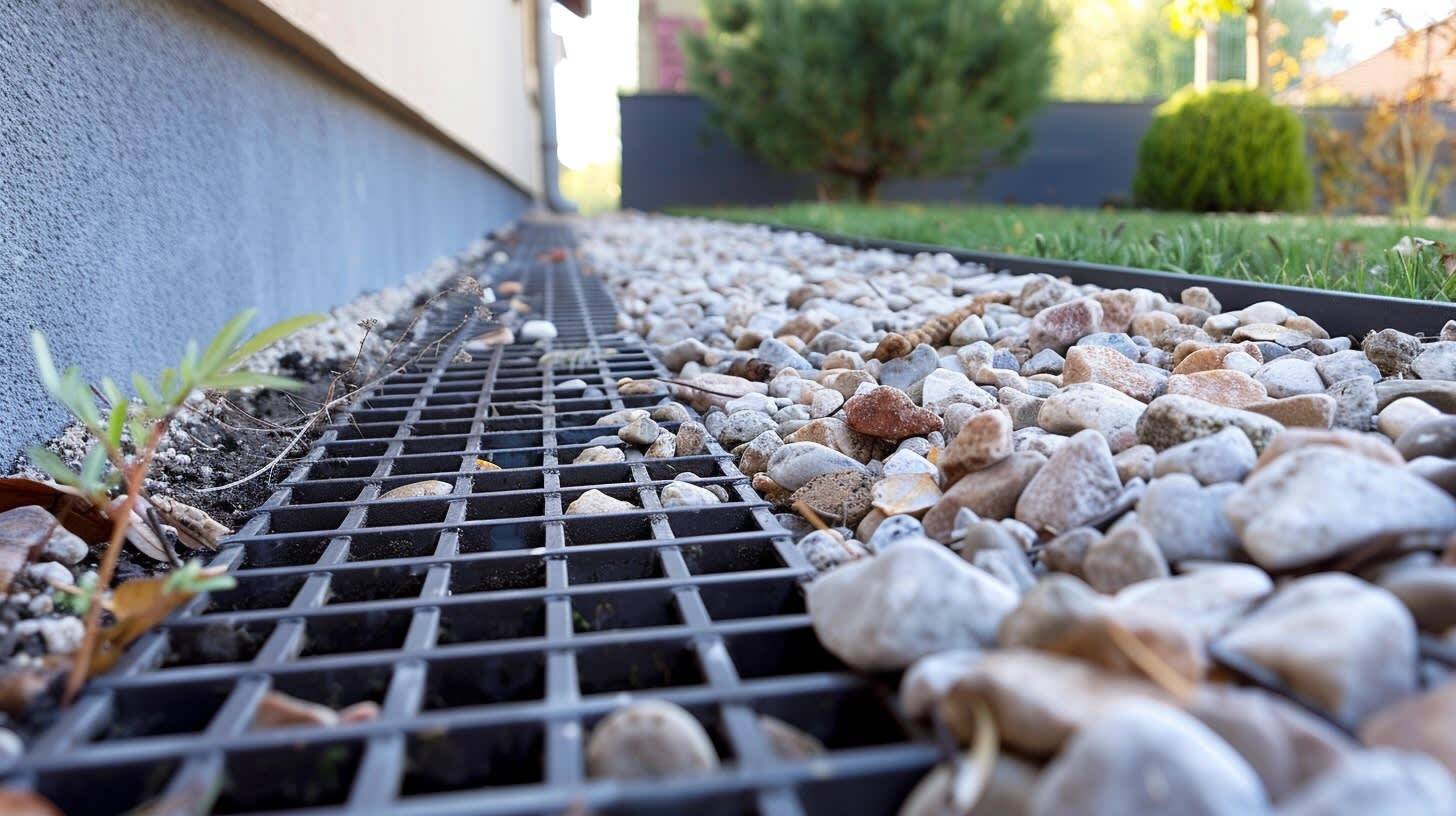

Ideas and Tips
Upgrading Your Home’s Basement With DIY French Drain System
Modified: October 20, 2024
Learn how to install a DIY French drain system in your basement to prevent water damage, enhance living space, and increase property value.
(Many of the links in this article redirect to a specific reviewed product. Your purchase of these products through affiliate links helps to generate commission for Storables.com, at no extra cost. Learn more)
Introduction
Basements are a common feature in many homes, providing additional living space and storage. However, they can also be prone to water issues, which can lead to dampness, mold, and structural damage. One effective solution to these problems is installing a French drain system. In this article, we will guide you through the process of upgrading your home's basement with a DIY French drain system, highlighting the benefits, steps involved, and potential challenges.
Read more: What Is A French Drain In Basement
Benefits of a French Drain System
A French drain system offers several benefits that make it a worthwhile investment for any homeowner. First off, it provides efficient water management. By collecting and redirecting water away from your basement, it prevents water from accumulating and causing damage. This means you won't have to deal with dampness, mold, or structural issues that can arise from water intrusion.
Another significant benefit is that it's cost-effective. While the initial installation cost might seem high, it's a long-term investment that can save you money in the long run. By reducing the need for frequent repairs and replacements, a French drain system pays for itself over time. Plus, it enhances your living space. By keeping your basement dry and free from moisture, you can use it as a comfortable living area or storage space without worrying about water damage.
Lastly, a well-maintained basement with a functional French drain system can increase your property's value. Potential buyers will appreciate the added protection against water damage, making your home more attractive on the market.
Understanding French Drains
A French drain is essentially a trench filled with gravel and a perforated pipe that directs water away from your home. Named after Henry Flagg French, who first described this method in the 19th century, the system works by allowing water to seep into the trench and flow through the perforated pipe, which then directs it to a sump pump or an exit point outside.
Types of French Drains
There are two main types of French drains: Interior French Drain and Exterior French Footing Drain.
-
Interior French Drain:
- Installed inside the basement perimeter.
- Ideal for basements where the water table is high or where exterior excavation isn't feasible.
- The process involves cutting a channel in the basement slab, excavating the ground, installing perforated drain pipe, and filling the trench with drainage gravel. The slab is then patched with fresh concrete.
- Advantages include not disturbing exterior landscaping and being less expensive than exterior systems. However, it can't stop wall seepage and requires a sump pump that may not function during electrical outages without a backup system.
-
Exterior French Footing Drain:
- Installed next to the foundation footing.
- Involves digging around the outside of your foundation with a backhoe, applying waterproofing to your basement walls, and installing a French drain system.
- The excavation is filled with gravel to promote drainage. If your lot is sloped, the drainage will flow by gravity to an exit point or a storm drain system. Otherwise, an exterior sump pump is needed to move the water away from your house.
Preparing for Installation
Before starting your DIY project, it's crucial to prepare thoroughly:
-
Assess Your Basement:
- Identify areas where water tends to accumulate.
- Check for any existing water damage or signs of moisture.
-
Gather Materials:
- Perforated drain pipe
- Gravel or aggregate material
- Sump pump (if not already installed)
- PVC pipes for connecting the sump pump to an exit point
- Concrete patching compound
- Waterproofing materials (if necessary)
-
Plan Your Route:
- Decide on the best route for your French drain based on the slope of your yard and where you want to direct the water.
- Ensure that the slope is always down towards the endpoint to facilitate efficient drainage.
Step-by-Step Installation Guide
Step 1: Excavate the Trench
-
Mark the Area:
- Use a level and chalk to mark out where you will dig your trench.
- Ensure that it is at least 1 foot wide and 2 feet deep for optimal performance.
-
Dig the Trench:
- Use a shovel or backhoe to dig the trench, depending on its length and depth.
- If using a backhoe, be cautious not to damage any nearby structures or landscaping.
Step 2: Lay Down Gravel
-
Fill with Gravel:
- Fill the trench with gravel or aggregate material. This helps in promoting drainage by allowing water to flow through easily.
-
Compact Gravel:
- Use a hand tamper or plate compactor to compact the gravel, ensuring it is stable and even.
Step 3: Install Perforated Pipe
-
Place Perforated Pipe:
- Lay down the perforated drain pipe along the bottom of the trench.
- Ensure that it is centered and not touching any sides of the trench.
-
Connect Pipes (if necessary):
- If you're connecting multiple sections of pipe, use PVC connectors to join them together.
Step 4: Add More Gravel
-
Cover Pipe with Gravel:
- Fill over half of the trench with more gravel, leaving space for water to flow through.
-
Compact Additional Gravel:
- Compact this additional layer of gravel using a hand tamper or plate compactor.
Step 5: Install Sump Pump (if necessary)
-
Dig Sump Pump Well:
- Dig a well for your sump pump near where you want it located.
-
Install Sump Pump:
- Place your sump pump in this well, ensuring it is level and secure.
-
Connect Sump Pump to Drainage System:
- Connect your sump pump to your French drain system using PVC pipes.
-
Add Clean-Out Access:
- Install clean-out access points along your French drain system for future maintenance.
Step 6: Patch Concrete Slab
-
Remove Concrete Slab (if necessary):
- If you're installing an interior French drain, remove part of your concrete slab around where you'll be digging.
-
Re-patch Concrete Slab:
- Once installation is complete, re-patch your concrete slab with fresh concrete.
Tips and Considerations
-
Slope is Crucial:
- Ensure that all sections of your French drain slope towards one endpoint to facilitate efficient drainage.
-
Avoid Clogging:
- Regularly inspect and clean out debris from your French drain system to prevent clogging.
-
Battery Backup for Sump Pump:
- Consider installing a battery backup for your sump pump in case of electrical outages to ensure continuous operation.
-
Waterproofing Walls (if necessary):
- If installing an exterior French footing drain, apply waterproofing materials to your basement walls for added protection against water intrusion.
Common Issues and Solutions
-
Water Table Issues:
- If you notice high water tables during rainy seasons, consider installing an exterior French footing drain which can handle higher water volumes more effectively.
-
Clogged Pipes:
- Regularly check for clogs by pouring water into each section of pipe and observing flow rates.
-
Incorrect Slope:
- Re-slope sections if necessary to ensure proper flow towards the endpoint.
Conclusion
Upgrading your home's basement with a DIY French drain system is a worthwhile investment that can significantly reduce water-related issues and enhance living space usability. By following these steps carefully and considering potential challenges, you can achieve effective water management in your basement. Remember to regularly inspect and maintain your system to ensure long-term performance.
Additional Resources
For more detailed information on specific aspects of installing a French drain system, consider consulting professional contractors or local building codes. Additionally, online forums like Reddit's r/HomeImprovement and DIY forums can provide valuable insights from experienced homeowners who have undertaken similar projects.
By taking proactive steps towards improving your basement's drainage system, you not only protect your home but also create a more comfortable living environment for years to come.
Was this page helpful?
At Storables.com, we guarantee accurate and reliable information. Our content, validated by Expert Board Contributors, is crafted following stringent Editorial Policies. We're committed to providing you with well-researched, expert-backed insights for all your informational needs.
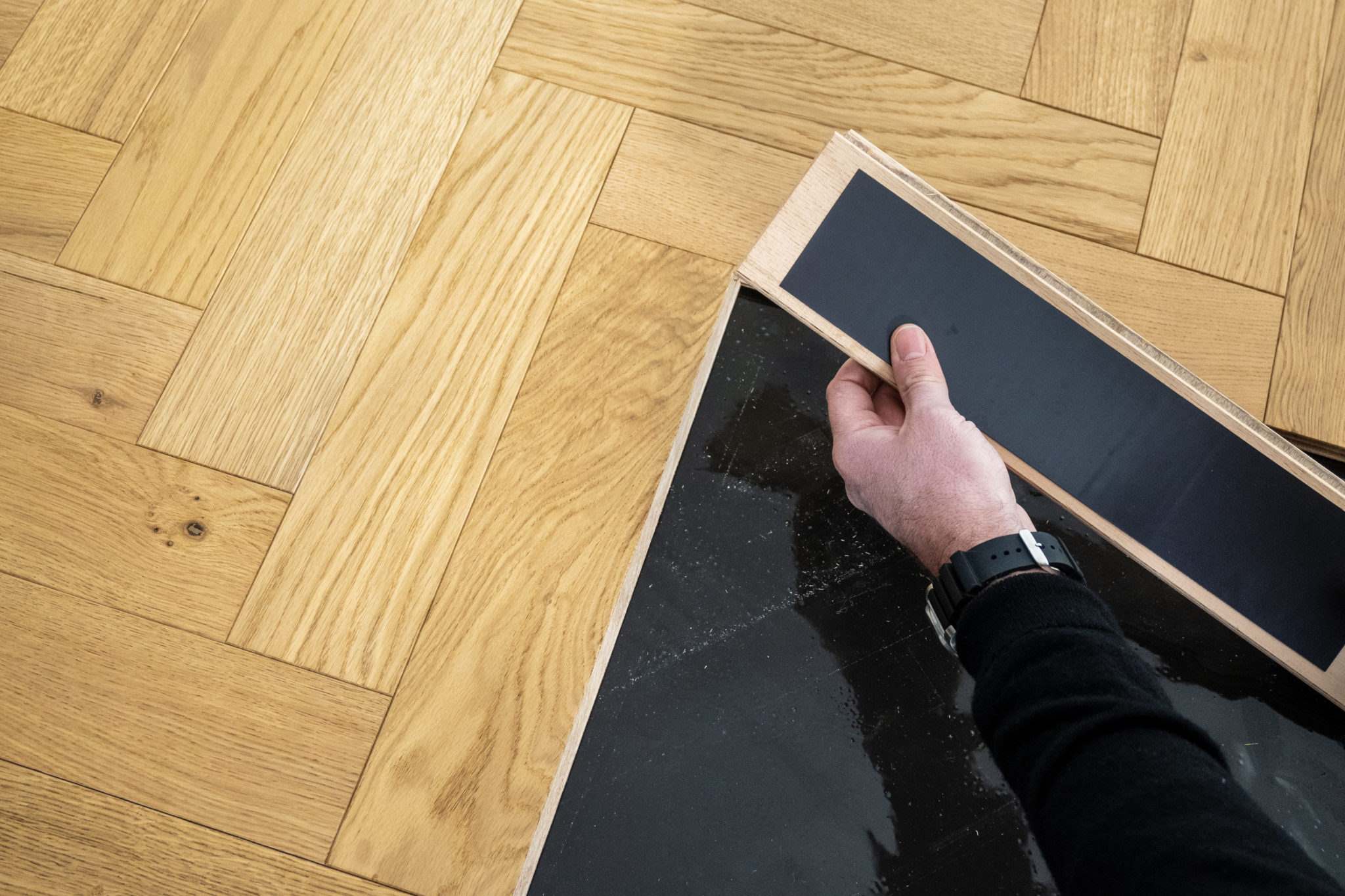



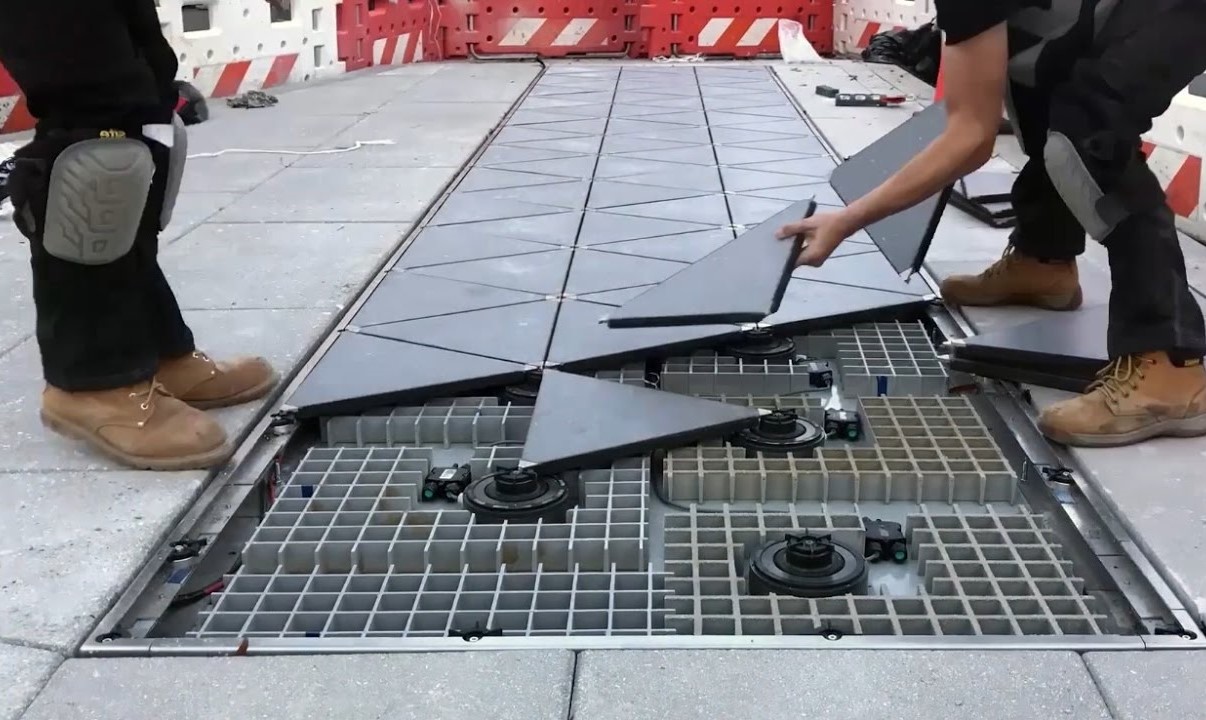


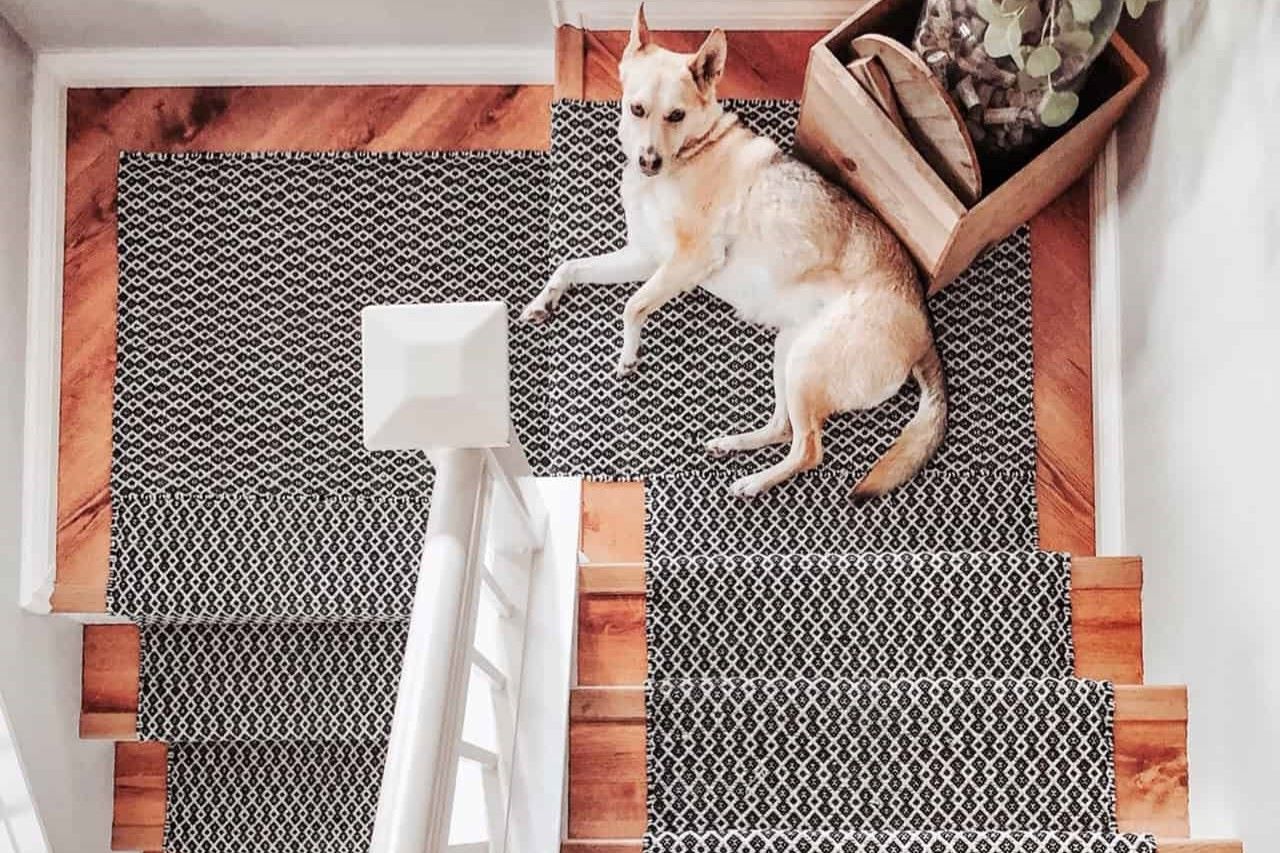
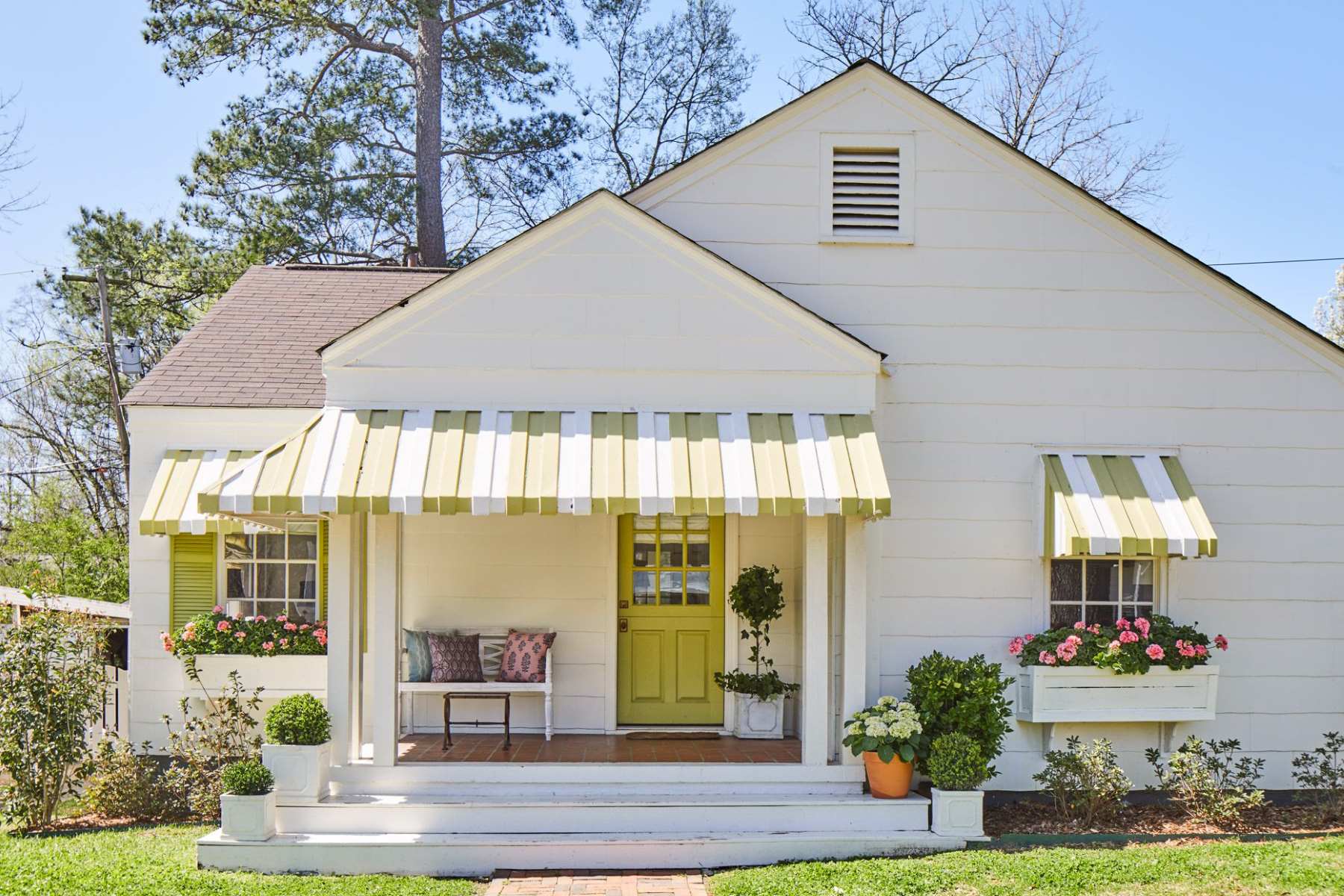
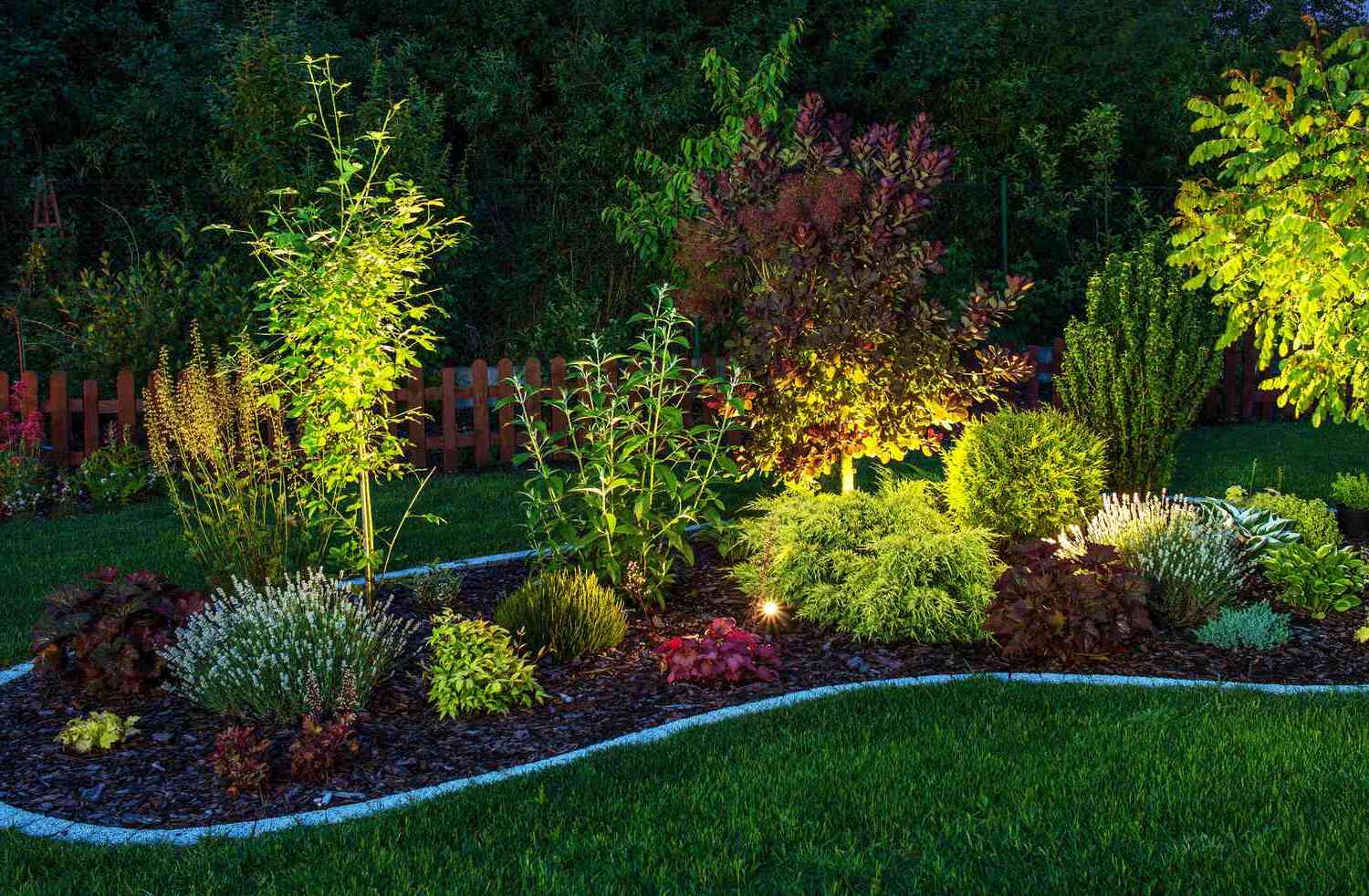
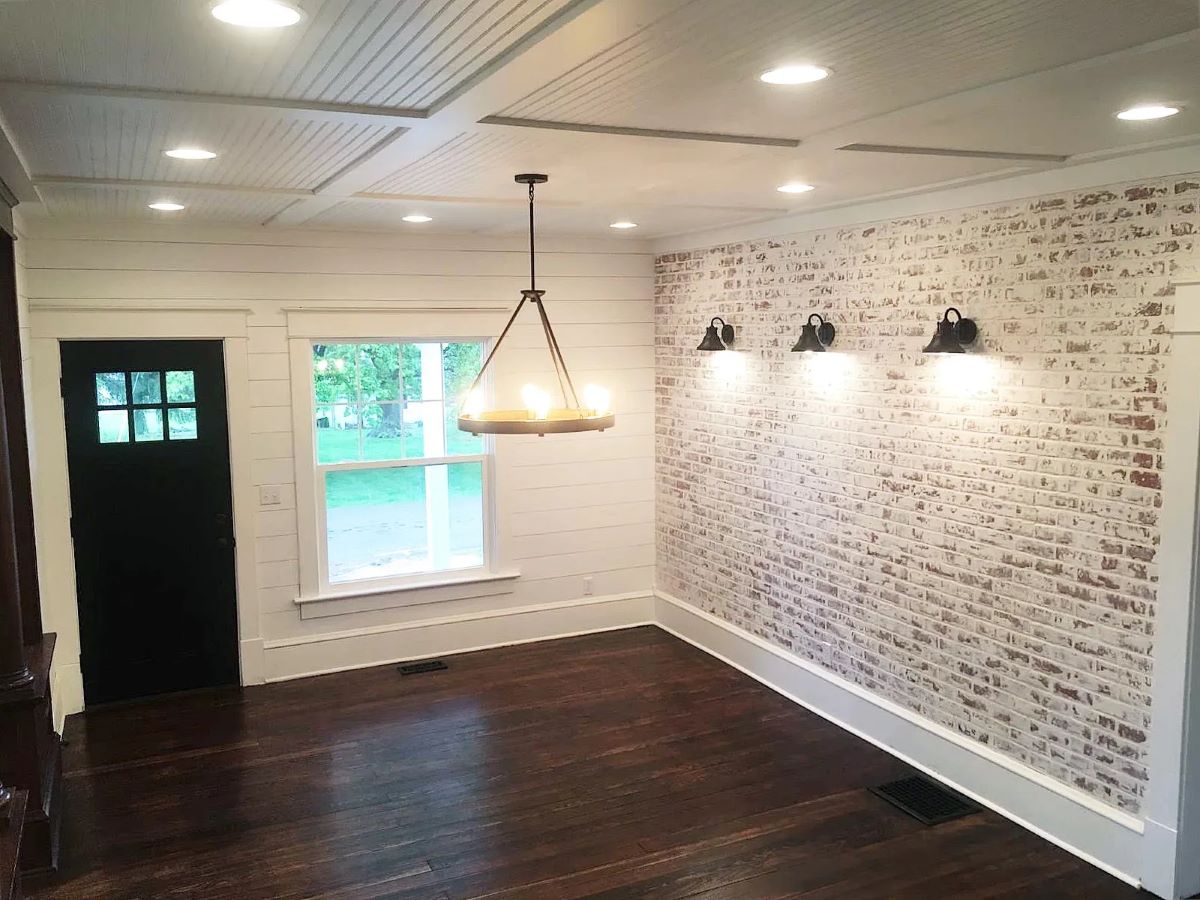
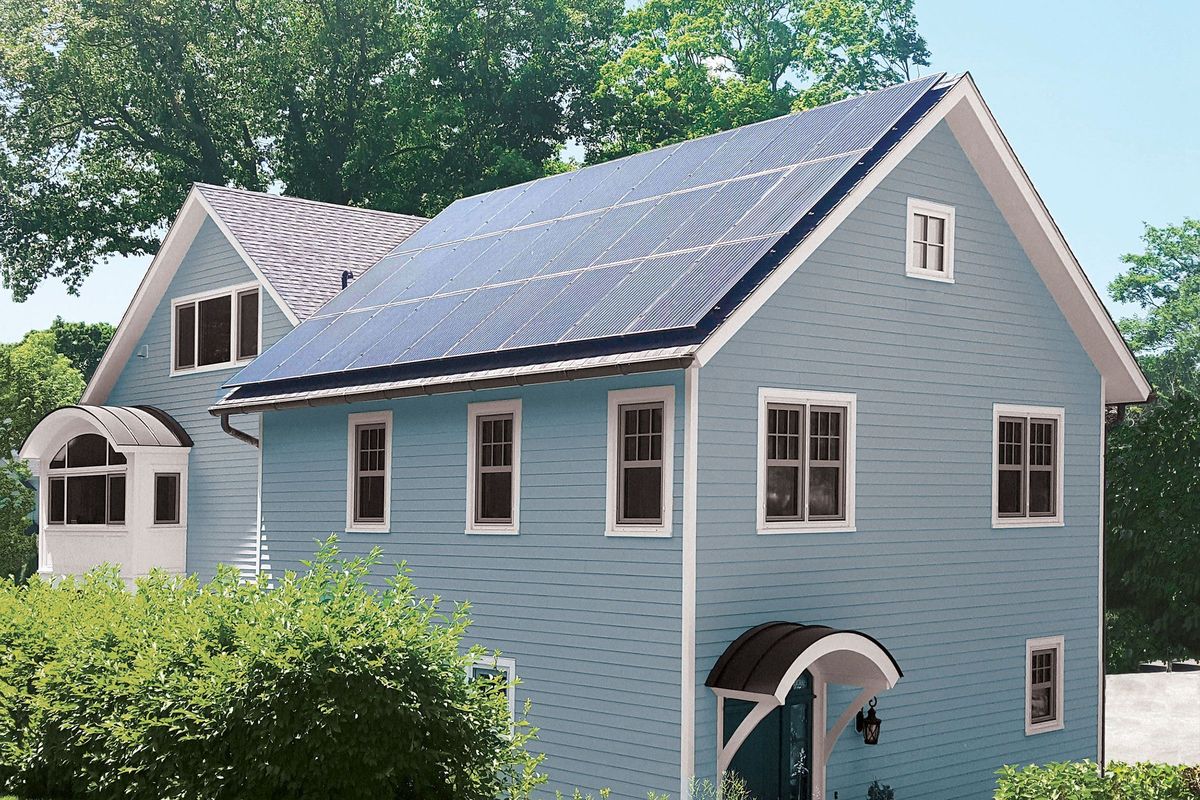

0 thoughts on “Upgrading Your Home’s Basement With DIY French Drain System”